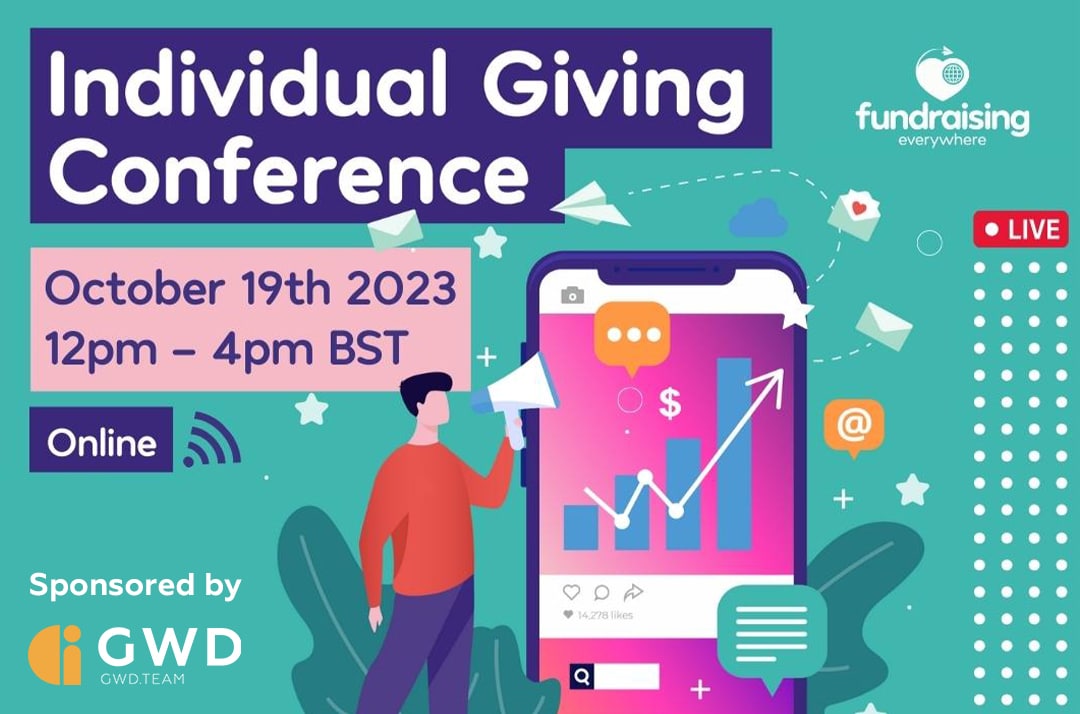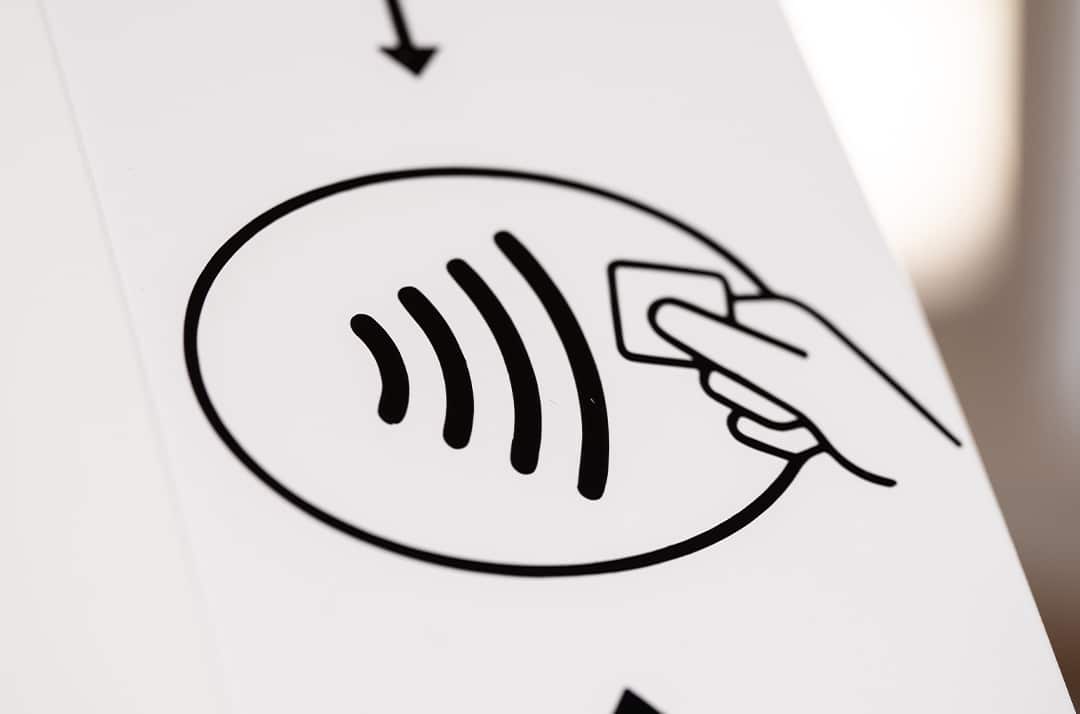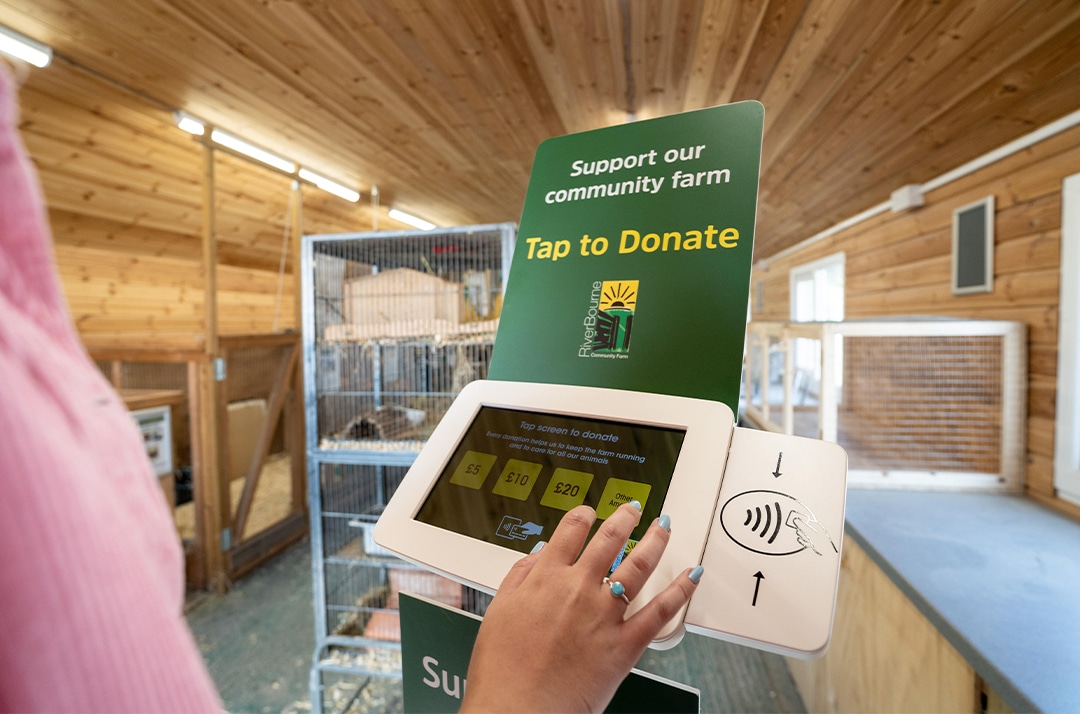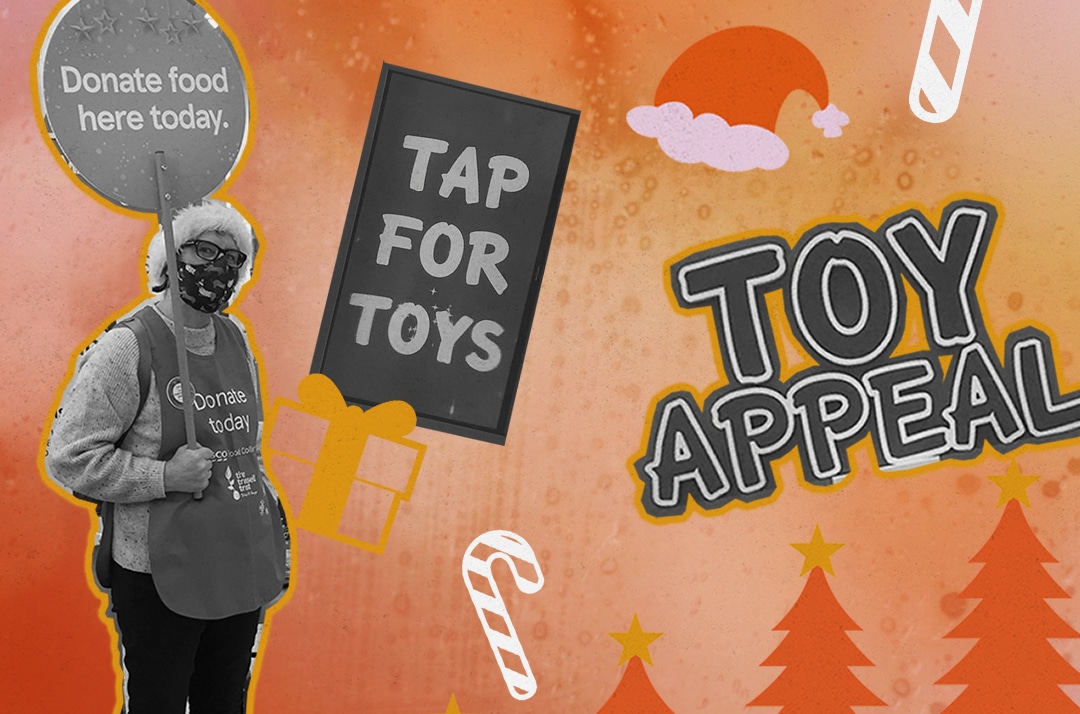
Fundraisers, and charity decision makers know that overcoming barriers when it comes to service delivery, is something that’s done every single day.
But when we think about charitable giving in the digital world, what do we need to do, to benefit from the opportunities that digital can provide?
Let's discuss the five biggest challenges for digital fundraising
1. Getting Buy In
Without support from trustees, or key decision makers, moving forward with digital transformation can be very difficult. Your passion for digital fundraising might already be cemented in your mind, but how do you take people with you?
Gathering data is our go-to solution. Look for case studies, and reports that support your views. Often this is the best way to get straight to the point when you’re reviewing strategy or proposing a new investment. For instance, learning how to optimise Gift Aid can further boost your fundraising efforts. Discover effective strategies in our detailed guide on 5 Tips for Getting More Gift Aid.
The benefits should be tangible for your service: by demonstrating the improved fundraising income that’s possible from digital tools or services, your proposal will gain weight.
Where’s the Evidence?
Look out for examples like our Donation Station E-book. We’ve made it easy to demonstrate the potential of contactless giving with case studies and infographics from varied sectors, distilled from our own data.
How are others tackling the problem?
Cast your eyes across similar charities to yours. Campaign news, statistics and successes can be compelling evidence that will help you assess the potential for your charity. Explore a broader perspective on Charity Fundraising Sectors for deeper insights.
2. Digital Maturity
12% of charities can be said to be digitally mature, according to 2022 Charity Digital Skills Report.
Unfortunately reports like this show that many charities lack digital skills from community fundraiser to board level, despite being keen to get going.
Addressing digital maturity is key.
Check your Skills Gap: If you know your fundraising team need more support, identifying learning and development opportunities can be a specific actionable solution.
However, we know budgets will be limited. So, consider this approach:
- Talk to your networks: Ask your trusted colleagues in the fundraising profession – we like the collegiate nature of Twitter’s #CharityHour
- Access industry guidance: The Chartered institute of Fundraising website is a good starting point – we filtered their resources to focus on digital inclusion
- Free or low-cost training: Sometimes organisations like Fundraising Everywhere will have bursaries for fundraisers or even a free webinar, so it’s worth signing up for training provider notifications. There’s more references on our Digital Skills Gap article.
How do I know if it’s worth the time?
It’s data again. Collaborative, digitally mature organisations tend to be more successful according to Blackbaud’s State of UK Fundraising Report 2022. When you broaden your audience through digital, you’ll gain more data and insight into donor behaviours.
3. Digital Inclusivity
This is a challenge for any organisation. For charities it’s a potential barrier that if left unaddressed, can have negative consequences on income.
If non-profit organisations aren’t digitally inclusive, they risk excluding groups of supporters from donating.
Imagine your donor groups. Which of them might be reluctant or even unable to engage with digital technology?
It’s important to provide accessible fundraising solutions, for example that a person with visual impairments, or motor difficulties can use.
Tech for Good: Digital tools that can adapt to the widest possible range of needs should be part of your digital fundraising kit. Look for devices, platforms and services that follow inclusive design principles. Devices like our Donation Station, which uses a large-scale screen for inclusivity, are a prime example. Learn more about our range of Contactless Payment Devices designed for inclusivity and effectiveness.
For example, screen size and user interface design. The Donation Station uses a large-scale screen for inclusivity, because a device with large, high-colour contrast buttons and text, means the majority of people can use it.
4. Data Safety
We all worry about data theft. Digital fundraising is no exception. Charities work hard to manage data carefully, following industry guidelines on how to ask for supporter data, and what information can be legally held. Digital payment devices and the resulting data can also be a concern.
Our advice, when assessing any service or product: look for signs that information is responsibly handled by a device or third-party.
- Do they explain how they follow GDPR?
- Is their payment technology PCI compliant?
- Is their data policy compatible with yours?
What are we aiming for? Managed risk; happy stakeholders; and when communicated, a growth in supporter trust and confidence!
Ask for copies of policies, or explanations like this:
5. Building Good Donor Relationships
There’s a perception when using technology for fundraising, that without human contact, it won’t be as effective. Great fundraising involves a strong ‘ask’ and powerful impact stories, built on establishing emotional resonance with the audience. So, how does this translate to digital?
Digital technology helps tell stories that attract and retain donors, in the absence of a direct conversation with a fundraiser. For more on how to effectively utilise digital methods, check out our comprehensive overview on Contactless Fundraising.
On top of donation value data that can inform future service planning.
How can digital storytelling make your fundraising efforts more effective?
Digital storytelling with visuals, messages, animation and even motion-triggered sensors, can be combined to engage and motivate donors to give, without major intervention time from a charity team. Good right?
This means resources can be more strategically spent, on nurturing legacy relationships, campaign or event planning.
Let’s use The Donation Station as an example.
Think about how hard sometimes it is to see signs and find your way in a busy space. Engaging donors is vital. So our fundraising device has a series of looped images and compelling donation messaging, that’s always on screen, when not in use, to grab visual attention.
This together with colourful branding and on-screen journey tailored to your fundraising aims, creates a motivation to give.
Even in difficult times, good digital fundraising will collect data, and help build supporter relationships. The barriers can be overcome.
More from the Blog
 Back
Back to top
Who are GWD?
We help socially-minded organisations transition to digital systems, building stronger relationships through impactful products and services.
Our experience goes back two decades, with a foundation building and providing critical digital services and products for the financial services and retail industries.
With a long-proven ability to handle challenging projects and a team of trusted experts, we work hard to solve problems and deliver change that helps others.
Subscribe to newsletter
 Back
Back to top








